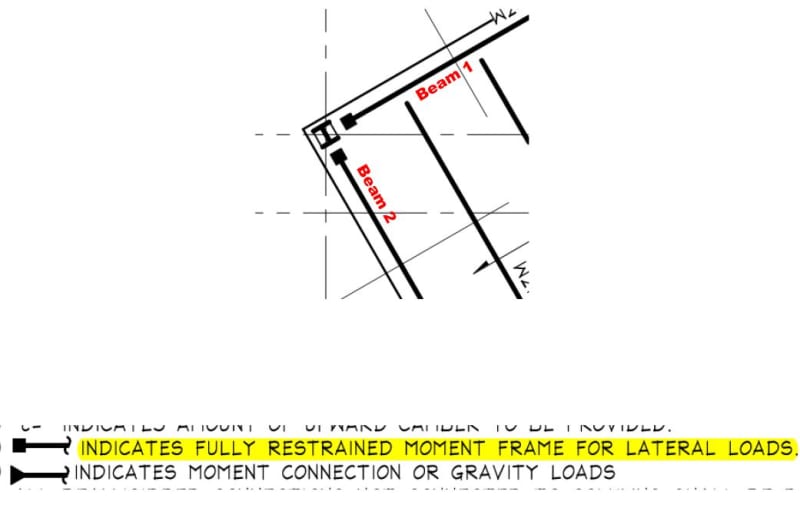waren1991
Structural
- Nov 4, 2022
- 6
Hello Gentlemen,
Can someone guide me on how to calculate the force to be connected from the given Lateral moment of a W beam connecting to a W column(The EOR says to connect a W beam to a W column with fully restrained moment connection for the full lateral moment capacity of the beam). For the gravity moment connection I divide the given gravity moment by beam depth to get the force to be connected.Should I divided the Lateral moment by width of the beam to get the force by Lateral moment?. Thanks for your time!
Can someone guide me on how to calculate the force to be connected from the given Lateral moment of a W beam connecting to a W column(The EOR says to connect a W beam to a W column with fully restrained moment connection for the full lateral moment capacity of the beam). For the gravity moment connection I divide the given gravity moment by beam depth to get the force to be connected.Should I divided the Lateral moment by width of the beam to get the force by Lateral moment?. Thanks for your time!

